Coming up with ecommerce marketing ideas can be really tough.
Every ecommerce store in the world wants to have more traffic, to make more sales and to build a strong, recognizable, and trusted brand. Marketing can help.
But marketing isn’t easy.
If you’re wondering how you can take your business to the next level. this guide is for you.
The ecommerce marketing ideas we’re going to share with you here are incredibly actionable — you’ll be able to go away and implement some today if you want to!
And we'll go much deeper than simply saying “do SEO”. We’ll show you specific tactics and ideas that real ecommerce businesses used to get results, from user-generated content and YouTube marketing secrets to PR, viral giveaways, and much more.
Let’s get started.
1. Enhance Your Email Receipts
As an ecommerce business, you can’t afford to ignore your email list.
And one area where many ecommerce businesses can improve is their email receipts.
Receipts are transactional emails (messages triggered by user actions like buying something) and transactional emails have an open rate four to eight times higher than mass emails.[*]
If you know people are likely to be opening your receipts, make use of the space to further their relationship with your brand and increase your revenue.
For example, LaLaLab uses their email receipts to promote friend referrals:
Bloom & Wild use its email receipts to offer a discount on future purchases.
For more great ecommerce email examples, check this post.
Acquiring a new customer is 6 to 25 times more expensive than retaining an existing one, so try to think about how you can use email marketing to encourage repeat purchases and loyalty from each sale you make.[*]
2. Offer Free Shipping
Eighty-eight percent of consumers say free shipping makes them more likely to shop online.[*]
And if you haven’t yet experimented with free shipping, here’s another reason to give it some serious consideration:
Of the people who abandoned carts, 28% of them cited the shipping costs.[*]
So we know free shipping is incredibly important for many customers and if you offer free shipping, you should definitely promote it wherever you can.
For example, Billabong features free shipping front and center on its website:
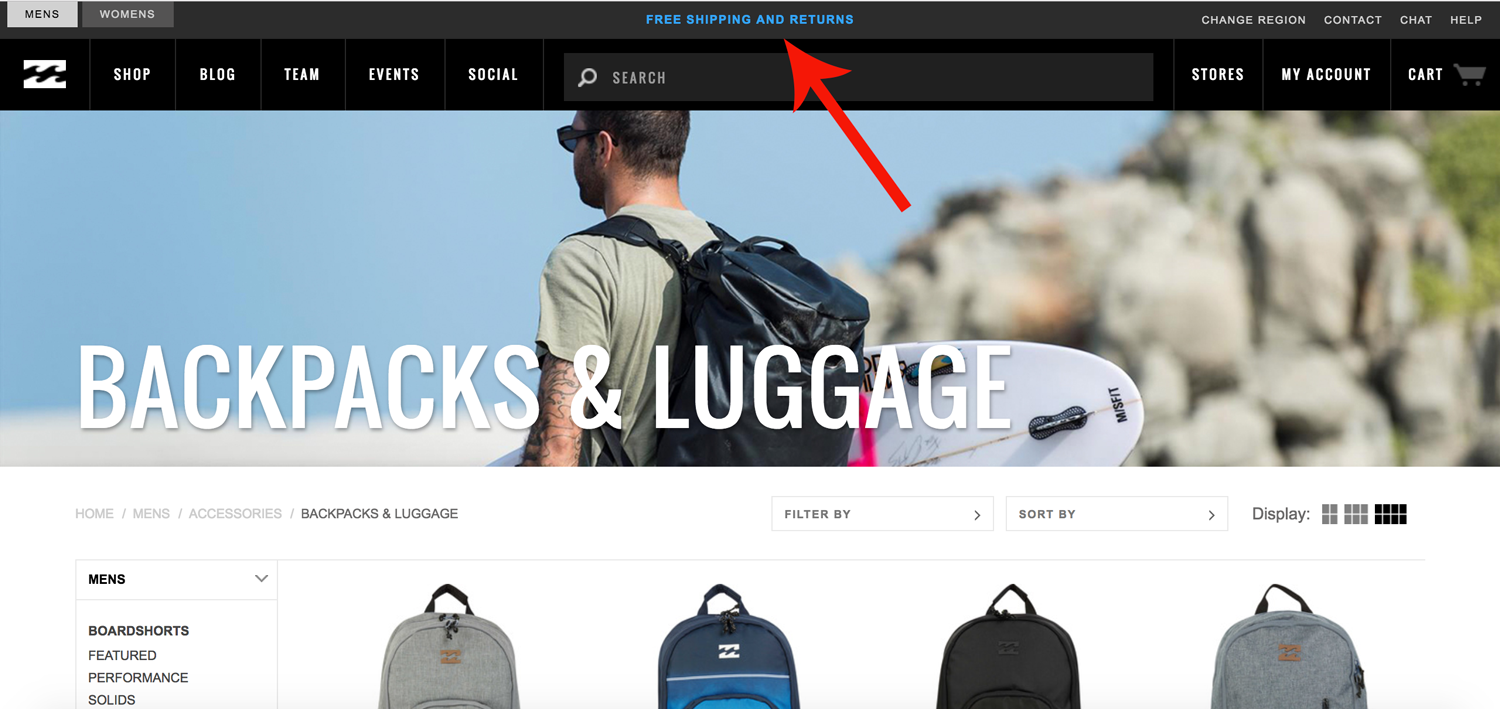
And Under Armour mentions free shipping at the top of its email campaigns:
Think about your pricing and shipping models when evaluating your offer. A few ways to make free shipping cost-effective without shipping every product for free include:
Free shipping for sales of a certain value: We’ve all been there, haven’t we? $48 worth of goods in our basket and a $5 shipping fee, or add another product and receive free shipping. Often, it’s a no-brainer for customers.
Time-sensitive offers: Encourage sales by offering free shipping for a limited time. This can be great for big events or highly competitive times like the holidays when every business is trying to stand out.
Once you’ve done the math and figured out how free shipping fits with your business model, it couldn’t be easier to implement on your site — use Sumo’s Increase Average Order Value Shortcut.
Here’s how Fusionary Formulas uses it to offer free shipping for orders over $50.

As soon as your visitor's order goes above $50, Sumo automatically adds free shipping to the cart. You can try it for free on your store by clicking the button below.
3. Run A Viral Giveaway
Viral giveaways are a great way to market your ecommerce business, grow your email list, and even make sales.
Running a giveaway is pretty simple:
Decide on the goal of your giveaway (growing your email list, generating followers on social media, etc.)
Find some great prizes
Set up a giveaway (maybe try KingSumo)
Promote your giveaway
Yep, it’s that simple.
And it works.
Viral giveaways have helped Noah (Chief Sumo) grow his email list by more than 52,000 subscribers!
The best results come from giveaways that are focused on a narrow audience.
Surf company Degree 33 Surfboards, put together an awesome prize package for surfers.
The prizes cost $1,000 and 2,300 people entered the giveaway — with one person making a $400 purchase by taking advantage of an offer that was promoted on the giveaway page (see screenshot of the offer below).

Degree 33 Surfboards are now able to send useful content and deals to this list of 2,300 surfers so they can spread word of mouth about their brand, and get more customers.
4. Encourage User-Generated Content On Instagram
With more than 1 billion monthly active users, your audience is more than likely on Instagram.
One of the best ways to grow your brand and make sales on Instagram is user-generated content.
For example, homeware brand, Wayfair, uses #WayfairAtHome to encourage customers to share images of their products.
Wayfair will then repost some of the user generated content to its own Instagram profile and provide a link (in its bio) for people to directly shop for the products featured in the image.
To promote your hashtag you could include it within your Instagram bio (like Wayfair):

You could also include the hashtag in your own Instagram posts and share it with your followers on Twitter or Facebook as well as sending a message out to your email list.
To further entice your audience to create user generated content you could offer discounts or store credit to encourage action.
5. Aid Product Discovery With A Messenger Bot
More than 1.3 billion people now use Messenger!
You might have seen that statistic before or at least heard about the incredible rate at which Messenger has grown.
But what many people don’t realize is the power Messenger has to offer ecommerce businesses.
Building a Messenger bot for your ecommerce business is super-simple and enables you to get creative with how customers can interact with your store, discover products and more.
For example, Lego has a neat bot that helps customers find the perfect gift:
Baby furniture business DECEN Muebles Infantiles’ bot helps shoppers to browse their catalog directly with Messenger and has helped them to generate more than $4,000 in sales.
Bots enable you to provide customers with fun, conversational experiences and new ways to view the products you have available within your store — all without needing the customers to leave Messenger.
6. Optimize Images For SEO
SEO is huge for ecommerce businesses. And over 20% of all U.S. web searches happen on Google Images![*]
So if you’re not optimizing your images for search, you could be missing out on tons of traffic.
Whenever you upload a product image to your store, think about how well it’s optimized for search. Specifically:
Update the filename: Use words that accurately describe the image. For example, rather than the automatically assigned filename from your camera, call it blue-running-socks.jpg. The filename will help search engines to identify what’s in the image and what searches it should show up for.
Include alt text: The alt text of each image you upload can add SEO value to your site by helping Google to understand what content is in the image. Ensuring each image has alt text is one of the best ways to optimize for Google Images search. Always add alt text to each image you upload. If you use Shopify, there’s a neat Shopify app to help with this too.
Optimize image size: Consumers HATE waiting for sites to load. In fact, nearly half of us won’t even wait three seconds. By optimizing the size of each image file you upload to your ecommerce site, you can help ensure it loads quickly. Most design tools will have a “Save for Web” option to help with this, but you can also try TinyPng to help.[*]
7. Tell A Great Story
For most store owners, “Public Relations” brings up connotations of expensive agencies or bad email pitches.
But that’s not always the case.
Truth is, PR doesn’t have to cost a ton of money, and if you have a great story to tell, editors will appreciate your pitch arriving in their inbox.
Take sauce company Bushwick Kitchen (then called ‘Mixed Made’), for example. When they first launched, PR was a key driver in their growth — helping them hit $170,000 in revenue in their first 12 months.
They generated press coverage in places like Uncrate by giving away sample bottles to relevant writers.
Their coverage on Uncrate (and other sites) came down to good old-fashioned hard work:
When influencers would comment on Instagram posts featuring their product, Bushwick Kitchen would ensure they sent out samples.
It’s team worked hard to find contacts at large food blogs and sent samples to their offices
When word got out that the editor of a big-name publication had bought a bottle of their sauce, the team painstakingly found a way to get in touch with that editor directly.
Free samples are nice, but the key to good PR is simple: tell a great story.
Being a writer or journalist is a tough job, especially now that the news cycle is spinning 24/7 and people are constantly craving new content.
Instead of just pitching one of your products or your business as a whole, ask how you can help each journalist you email. Think about:
What’s compelling about your story? Why would a reader care about it?
How will your story help the journalist to generate pageviews for their publication?
Why is it a good fit for this writer in particular?
And if you want the BEST results, only pitch journalists and publications that are relevant to your business.
Bushwick Kitchen’s feature on Uncrate generated 1,427 clicks and made 175 sales in just four days:
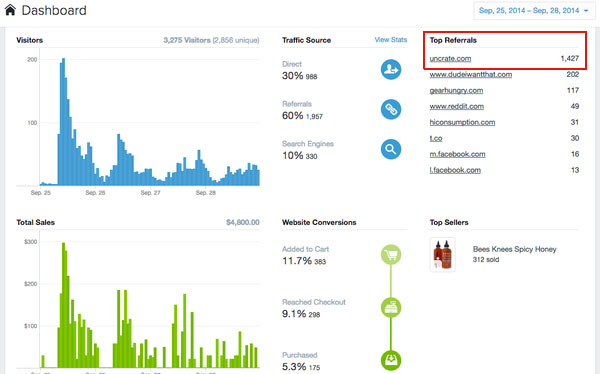
Whereas a feature on Business Insider (less relevant to their target market), only generated 520 clicks and two sales.
8. Produce “Suggested Videos” For YouTube
YouTube marketing has helped many ecommerce brands to reach more people and increase their sales. One such company, Luxy Hair, used YouTube to become a seven-figure business.[*]
But most brands just jump headfirst into YouTube without much of a plan or a strategy for how they will get their videos seen.
One of the biggest mistakes businesses make on YouTube is not focusing on ‘suggested videos’.
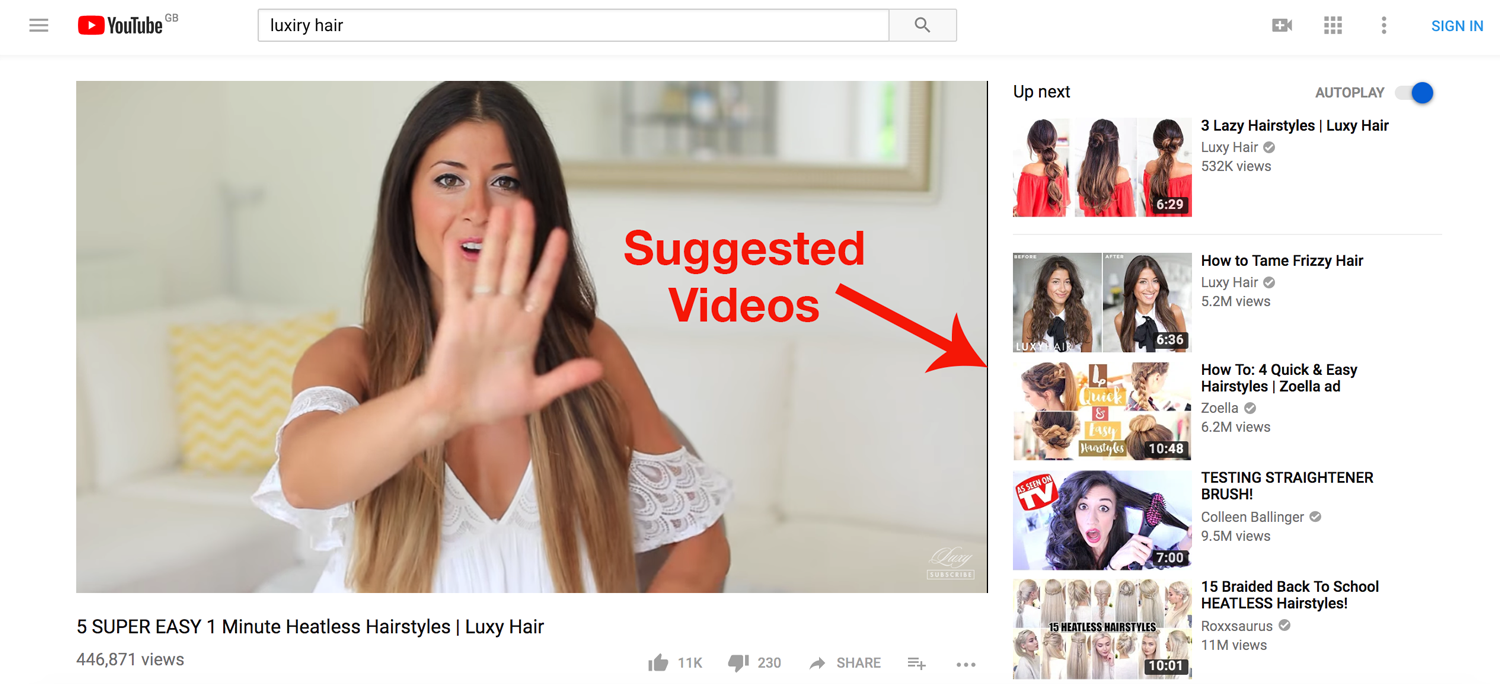
When YouTube expert Brian Dean researched the most successful YouTube channels, he noticed 40-50% of their views came from suggested videos.
In short: you’re missing out on TONS of views if you’re not using this technique.
To find video ideas based on suggested videos, Brian recommends:
1. Search YouTube for a few keywords in your niche. Don’t focus as much on long-tail keywords. Instead, focus on more general terms. For example, if you have a cooking channel you could search for terms like “taco” or “taco recipes.”
2. Pay attention to the number of results. When you’re trying to improve your website’s SEO, you’re taught the less competition the better. For YouTube, it’s the opposite — the more competition the better. When you search for results, look for terms with the most results. The more videos there are on your topic, the more videos your video can appear as suggested. To find the number of results for a keyword, head to Google and search: ”keyword” site:www.youtube.com. For example: ”cart abandonment” site:www.youtube.com. You will then see the number of results YouTube has for that keyword:
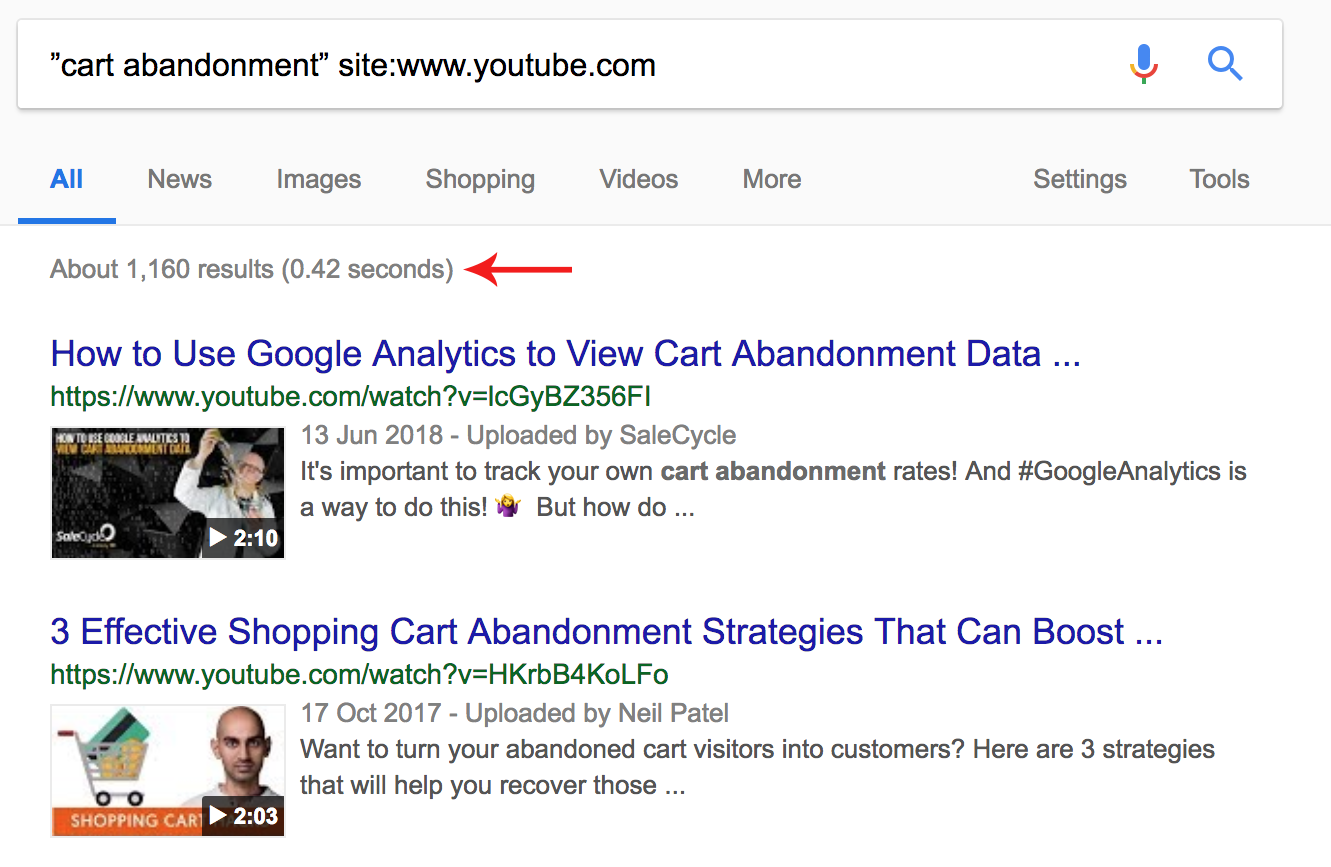
3. Optimize your video around that keyword. YouTube suggests videos based on the user's viewing history and engagement (so make sure your video quality is high). However, many times the MOST important factor is how closely related your video is to what people are already watching. The more your title, description, and tags match up with the video someone is watching, the more likely you are to show up as a suggested video.
9. Create Offers For Deals Websites
Deal websites are incredibly popular with shoppers. I mean, who doesn’t want to score a massive discount, right?
Sites like Groupon and LivingSocial are very well-known. But no matter your niche, there’s probably a deal site out there that’s a perfect fit for you.
For example:
AppSumo = deals for entrepreneurs.
Gilt = deals and discounts for designer clothing and accessories.
Secret Escapes = deals for travelers and holiday makers.
Shopify store Raw Generation, a New Jersey-based juice company, used deals to spearhead their growth from $8k per month all the way up to $96k per month.
Speaking to Shopify, Raw Generation founder Jessica Geier, explained:[*]
We had a few options as to what we could focus on: deal sites, health fairs, social media and Google ads. We decided that based on our history with social media, it wasn't the place to focus; we hadn't tried health fairs yet so that was a crapshoot; Google Ads can get really expensive really fast; our brief experience with selling on a deal site had proven to be a small success.
I gave myself two weeks and focused 100% of my time on getting our products selling on as many deal sites as possible. After two weeks, I had several deals scheduled and decided that this was a marketing avenue worth continuously exploring.
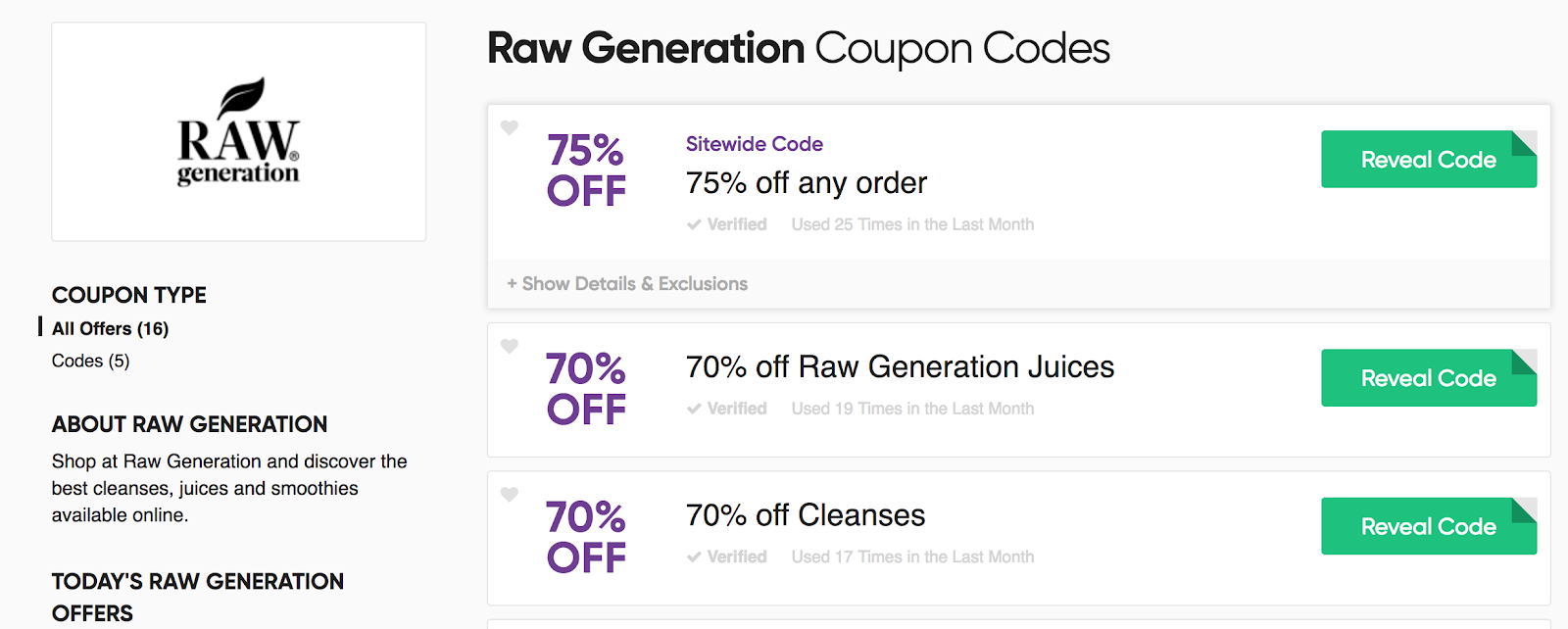
Deal sites probably won’t become a long-term marketing channel for your business, but if you’re looking for a short-term spike of growth, this could be one of the best channels for you to experiment with.
10. Build Trust Using Social Proof
Social proof is incredibly powerful when it comes to driving sales. As Sarah Peterson explained in her Sumo post on the topic:
Social proof is the psychological preference for doing what other people are doing, because if other people are doing it, it proves that it must be worthwhile.
But when it comes to ecommerce, it’s hard to replicate the same feeling a customer might get walking into a buzzing, crowded store.
And though being surrounded by crowds might not sound like an ideal shopping experience for some people, it definitely provides social proof and shows that whatever that store is selling, it’s good… and plenty of people want it.
With ecommerce, there are a number of ways you can use social proof. You could use testimonials and quotes like Teachable:
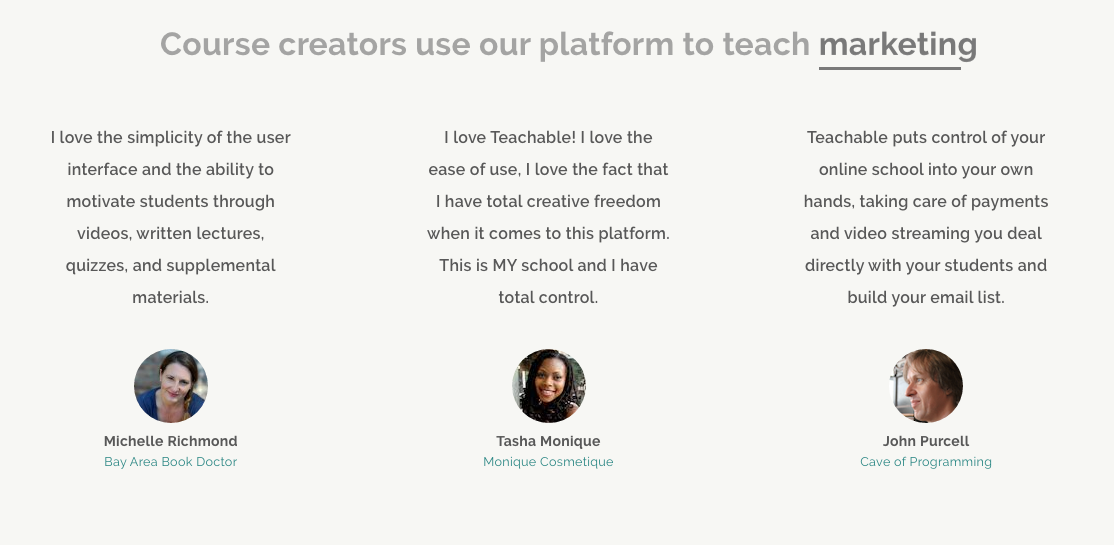
You could use FOMO (fear of missing out), like MeUndies:
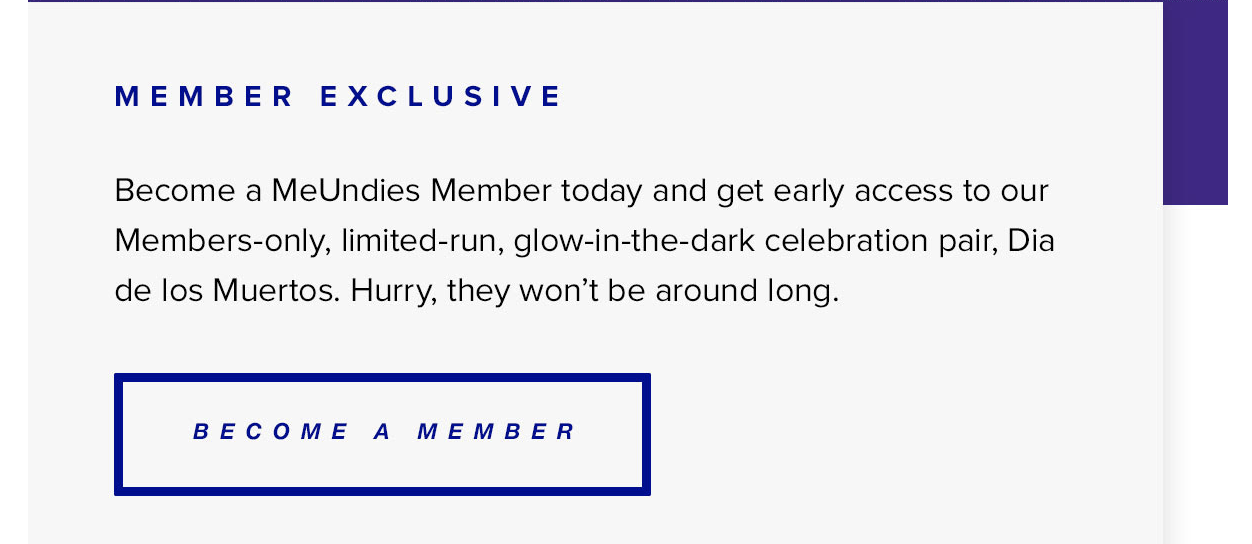
Or, if you’re using Shopify, you could use the Yo app to highlight every time someone makes a purchase:
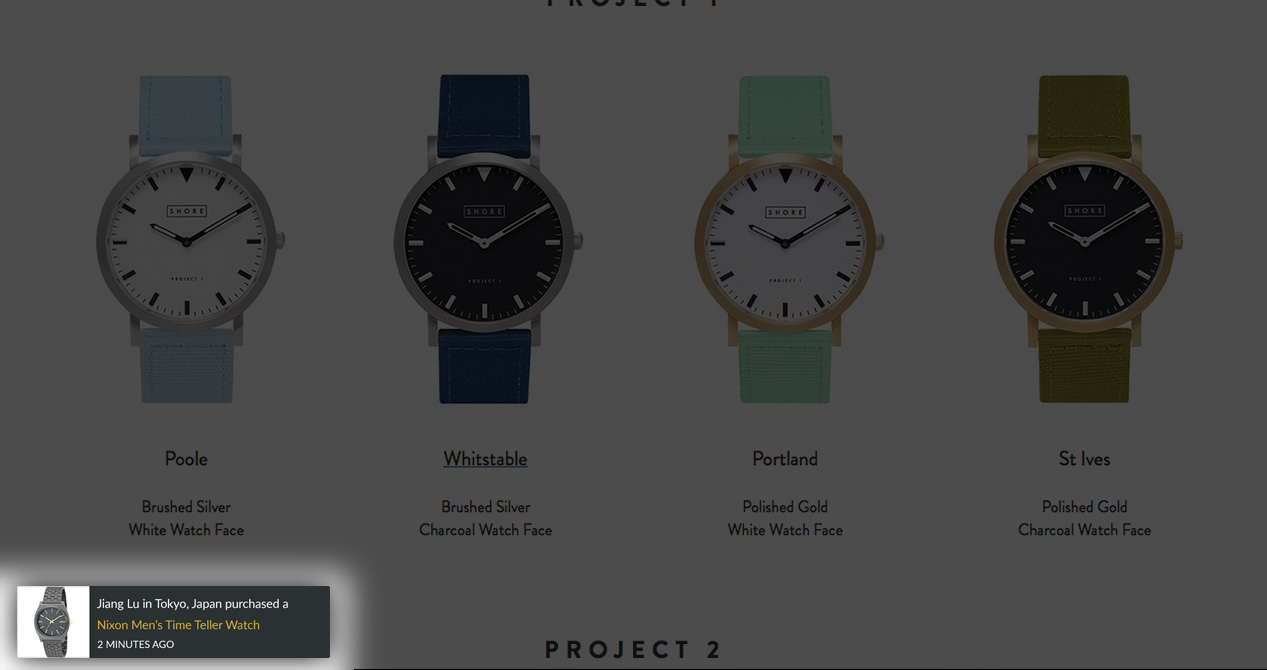
The great thing about social proof is that you don’t need any connections, a huge budget or any experience to get started.
It’s not like Facebook ads where you need to master a bunch of tools and strategies to succeed, you just decide on the types of social proof you want to use, and go for it.
11. Upsell Products
“Would you like fries with that?”
Anyone who has eaten at a fast food restaurant will have been asked that question a hundred times. And it’s a great example of upselling — the art of creating opportunities for customers to purchase related products, or upgrades, with the goal of making a larger sale.
So when you order a burger that costs $4, the merchant will offer fries and try to increase the overall value of your sale.
Upselling is incredibly popular in ecommerce, too.
For example, if you go to buy a new MacBook Pro on Apple’s website, you’re shown a ton of upsells when it comes to completing the specs for your new computer:
And on Amazon, when you add a product to your basket you’re shown a bunch of recommended products:
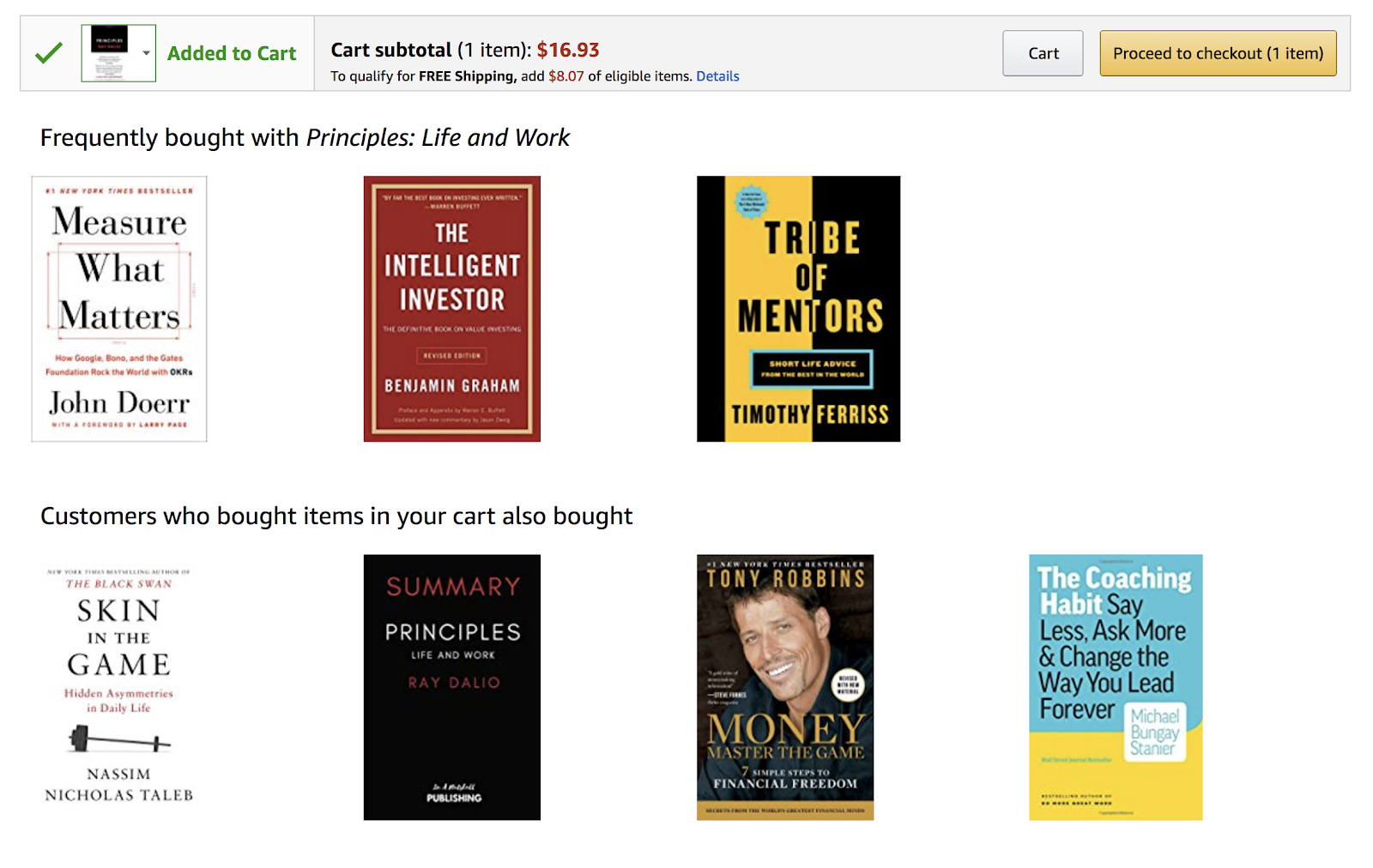
In fact, Amazon once reported that as much as 35% of their revenue comes from upselling and cross-selling.[*]
If you’re not already using upselling, there’s huge opportunity for you to grow your business using this ecommerce marketing tactic.
To implement upselling you could:
Use the Sumo Increase Average Order Value Shortcut: This Shortcut integrates with all Shopify stores and incentivizes your shoppers to get a discount if they spend over a certain dollar amount in your store.
Use the Bundle Upsell Shopify App: Bundle Upsell enables you to create custom bundles for any of your products in just a few clicks. So when a customer adds one product to their basket you can show them various bundles and discounts for purchasing multiple products.
Show products frequently bought together: Showing buyers products that are frequently purchased together is a great way to upsell and increase your average sale price. For example, on Moonpig, when you order a birthday card, you’re shown a bunch of upgrades before you go to the checkout page.
Offer upgrades: Just like the “would you like fries?” fast food upgrade, you can use this technique in your ecommerce store. For example, when buying a new iPhone you’re able to upgrade the capacity of your phone before you checkout and make the purchase.
Ecommerce Marketing Ideas Roundup
There we have it, 11 of the BEST ecommerce marketing ideas to help take your business to the next level.
These ideas will help you to upgrade your marketing strategy. Start testing out these tactics and see what works for you.
Looking for more inspiration? Check out our bonus swipe file of ecommerce marketing ideas below.
Ecommerce Marketing Ideas Swipe File


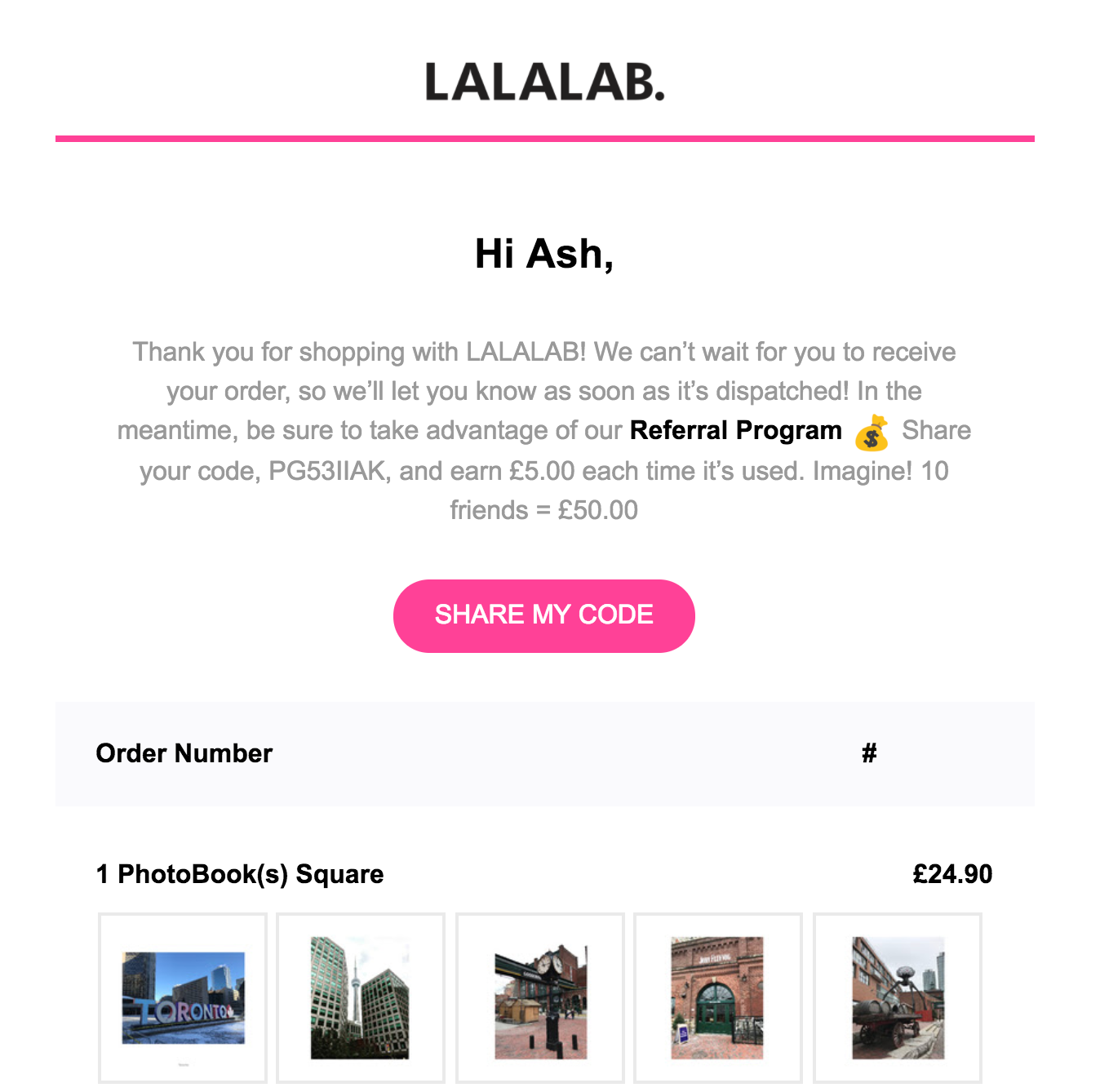
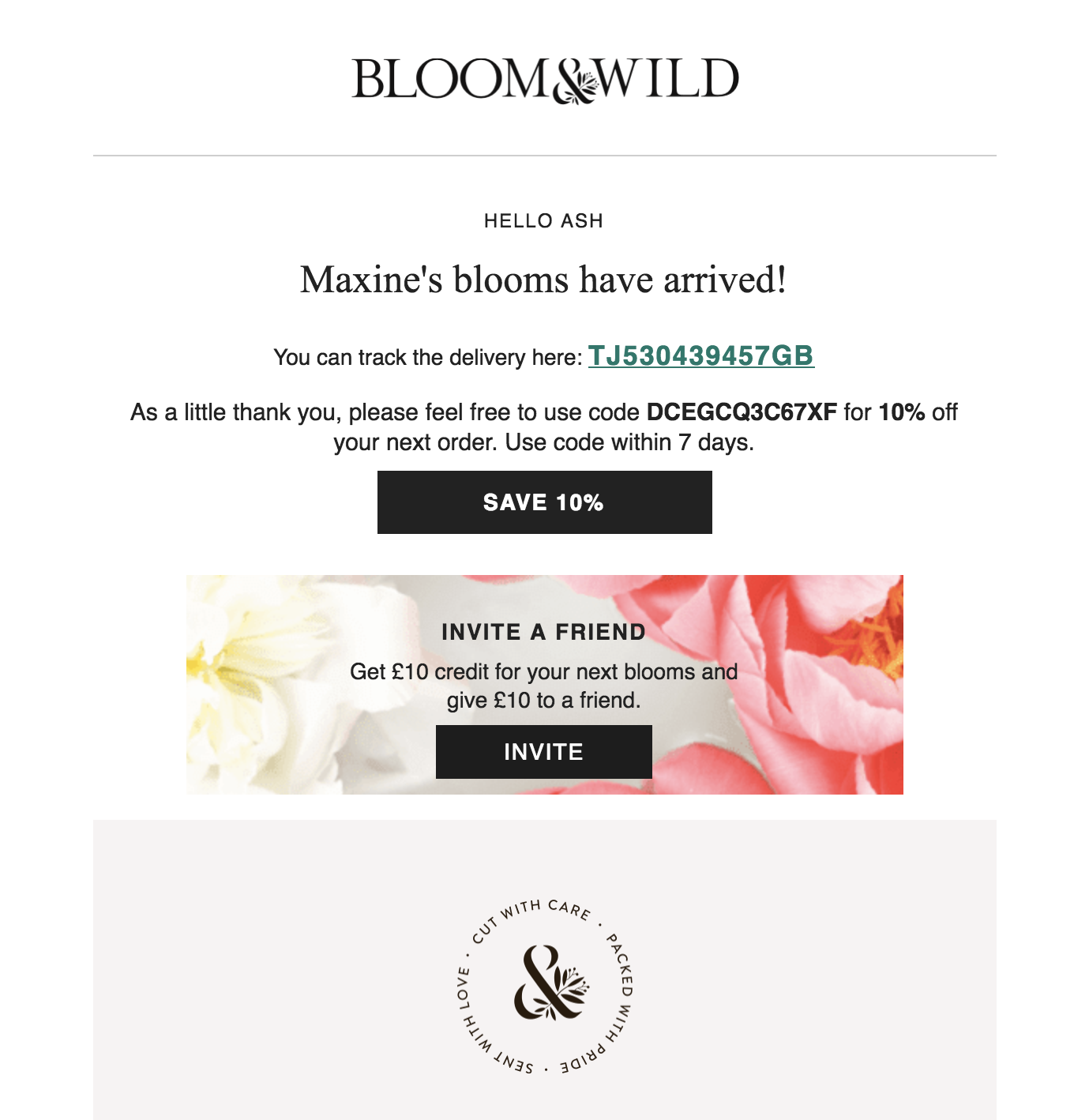
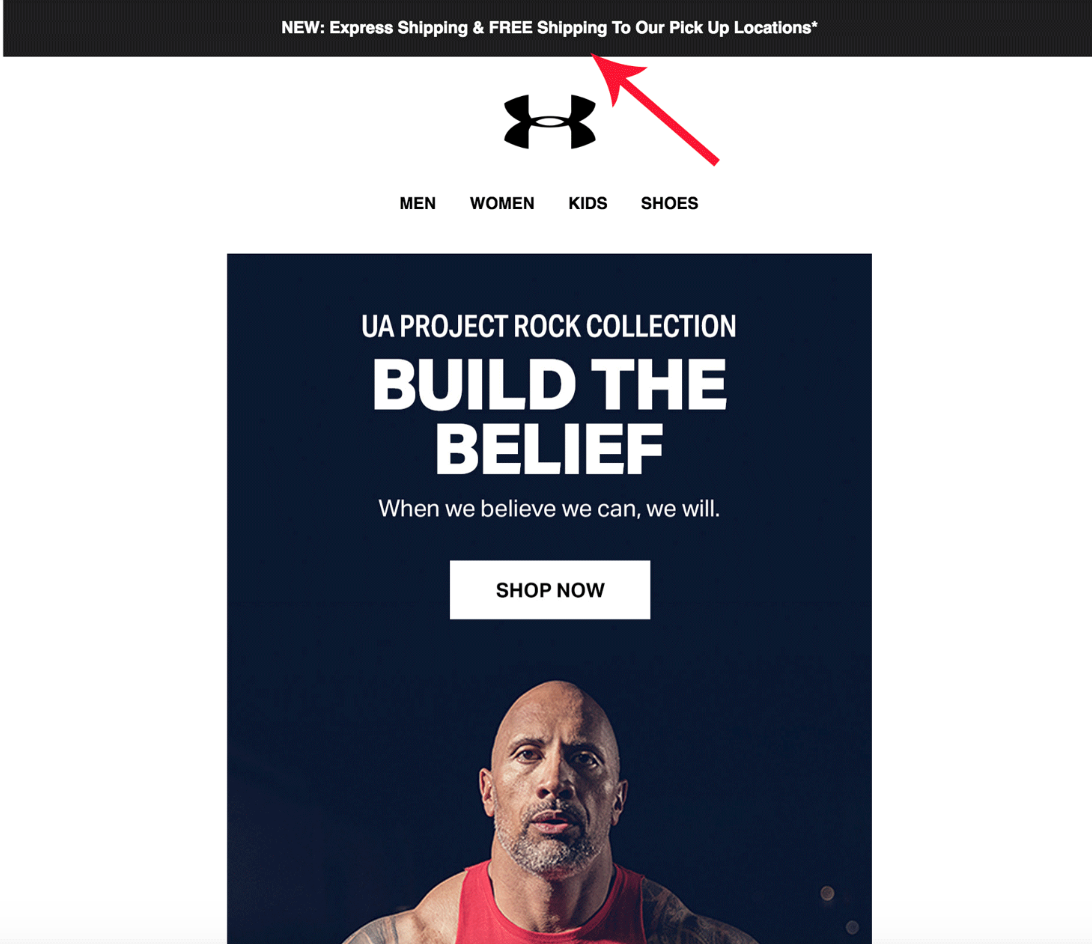
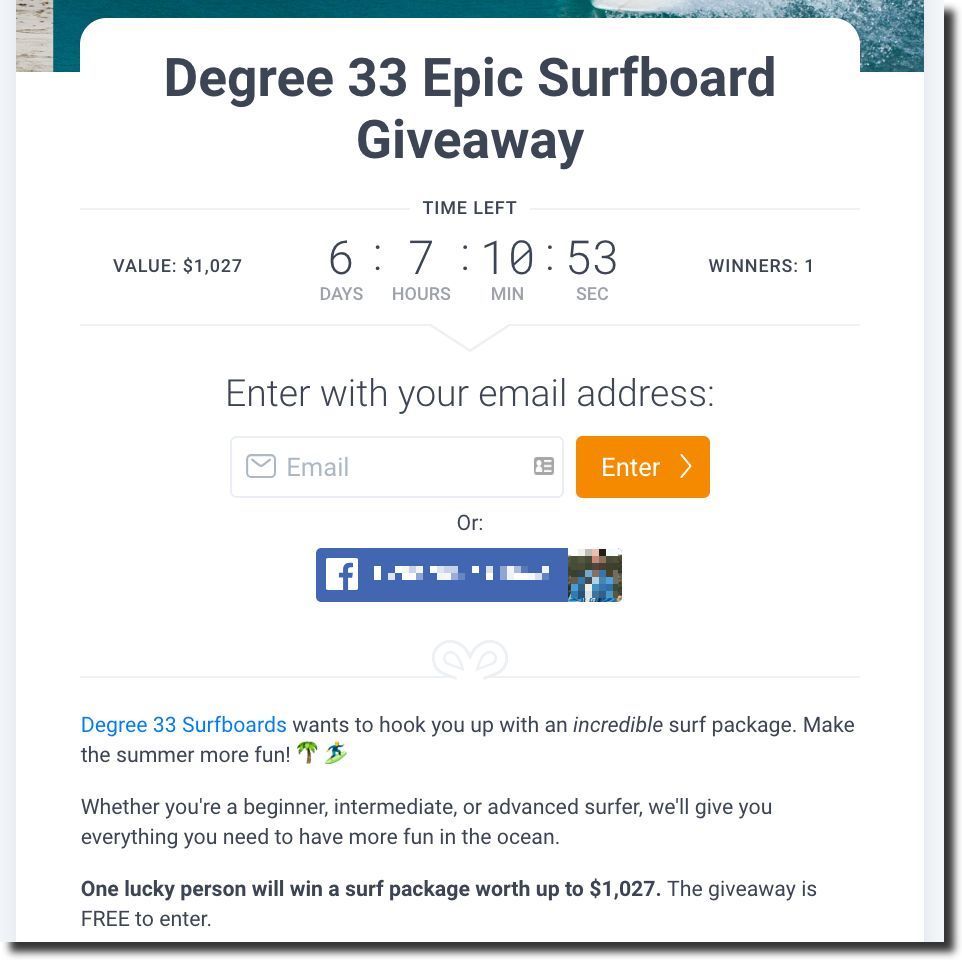
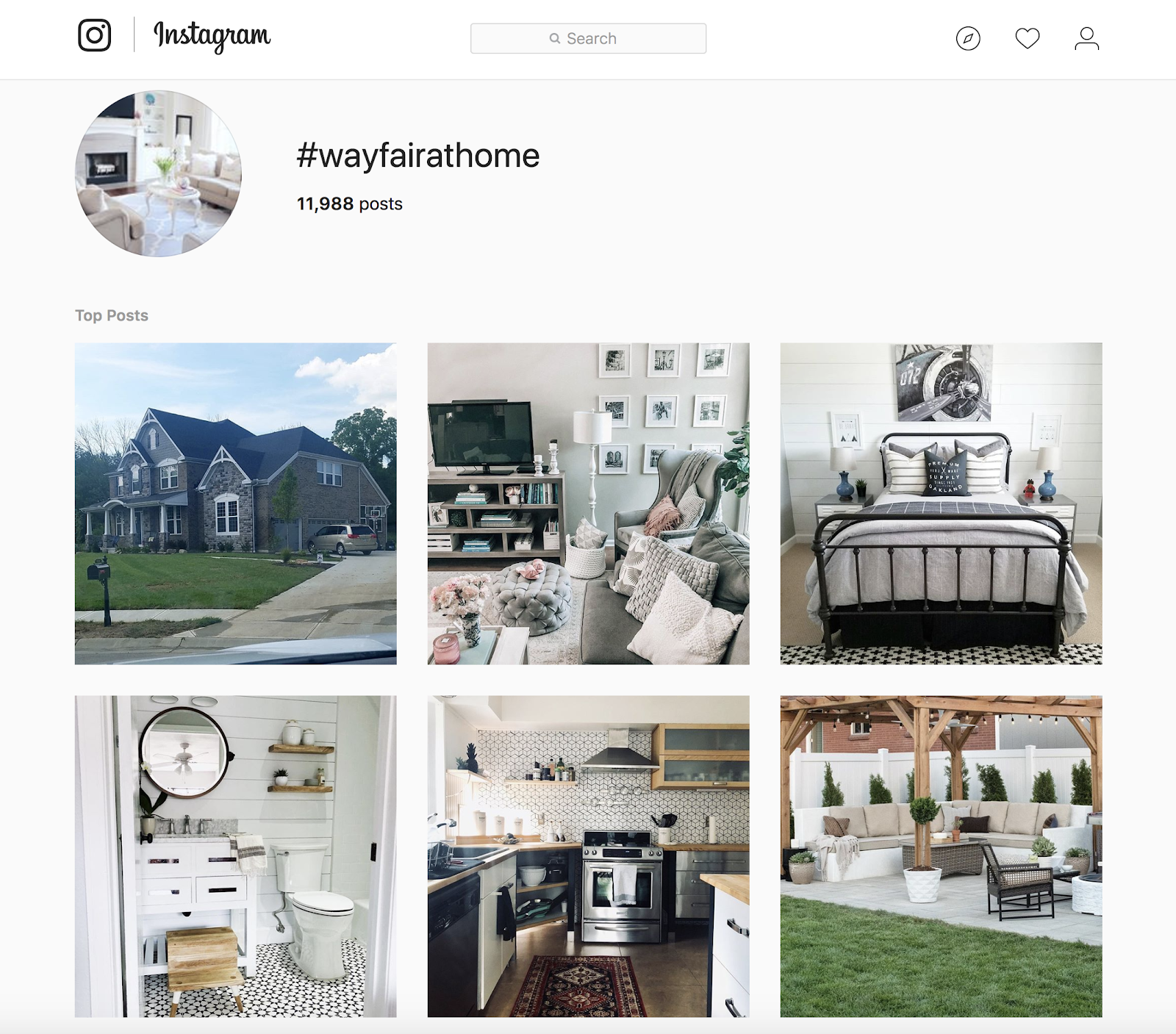
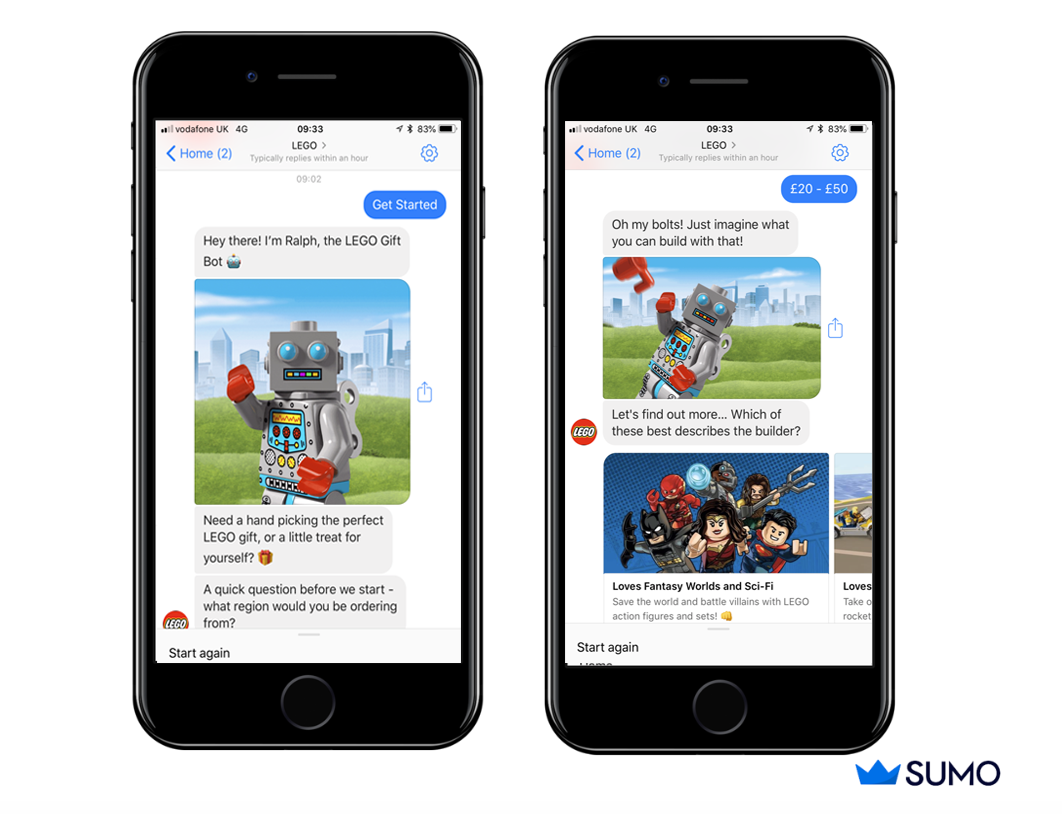
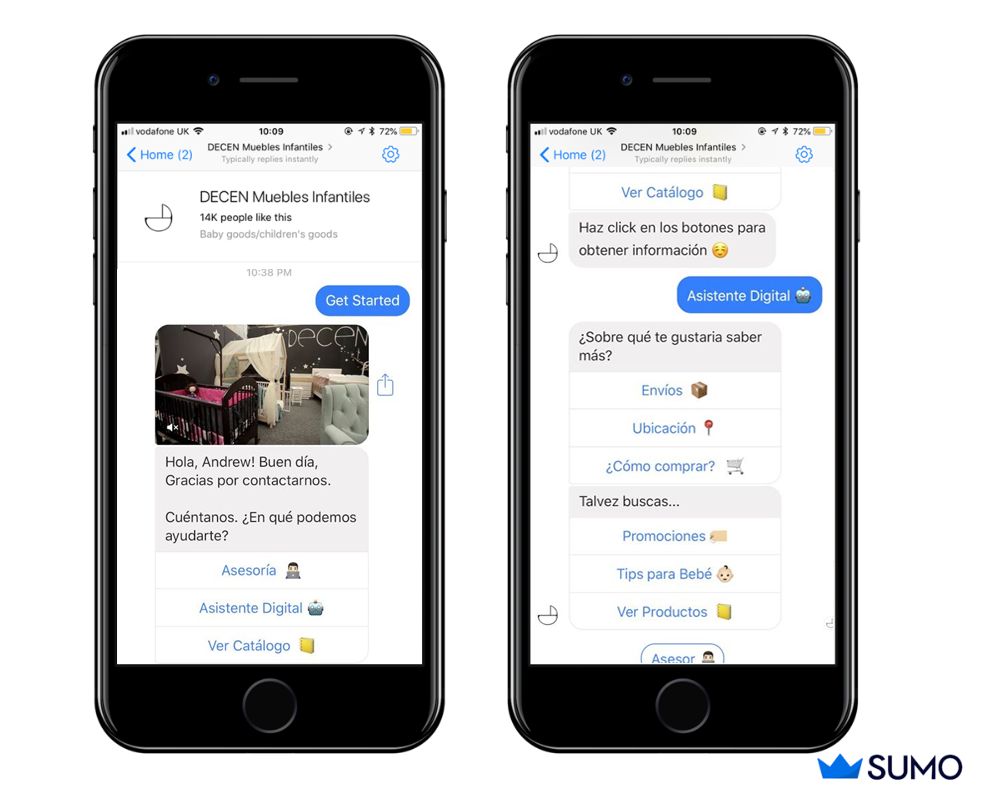
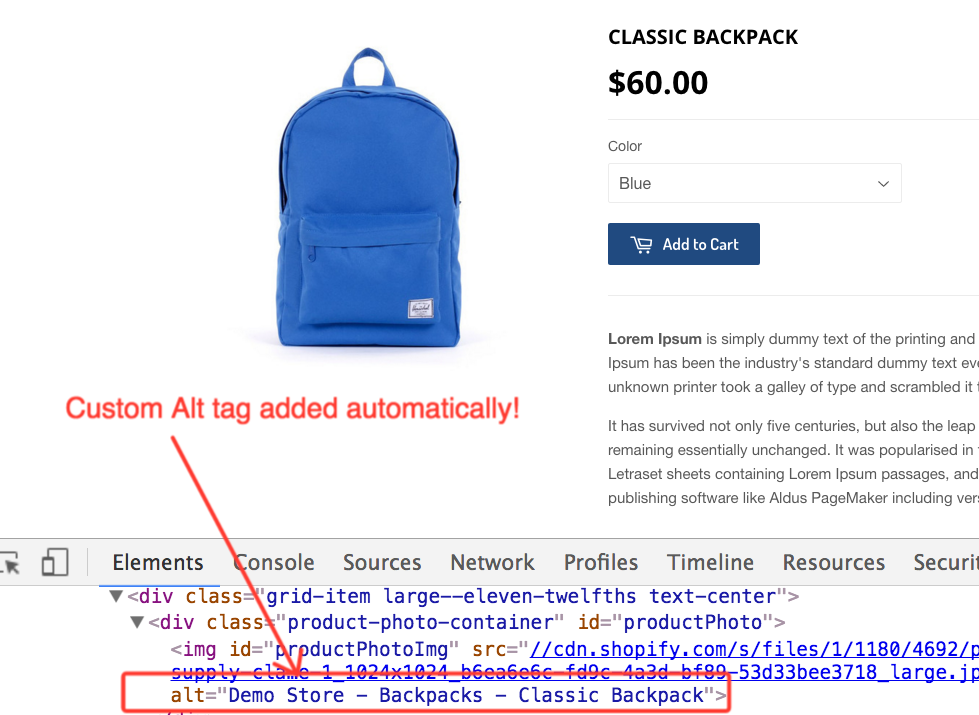
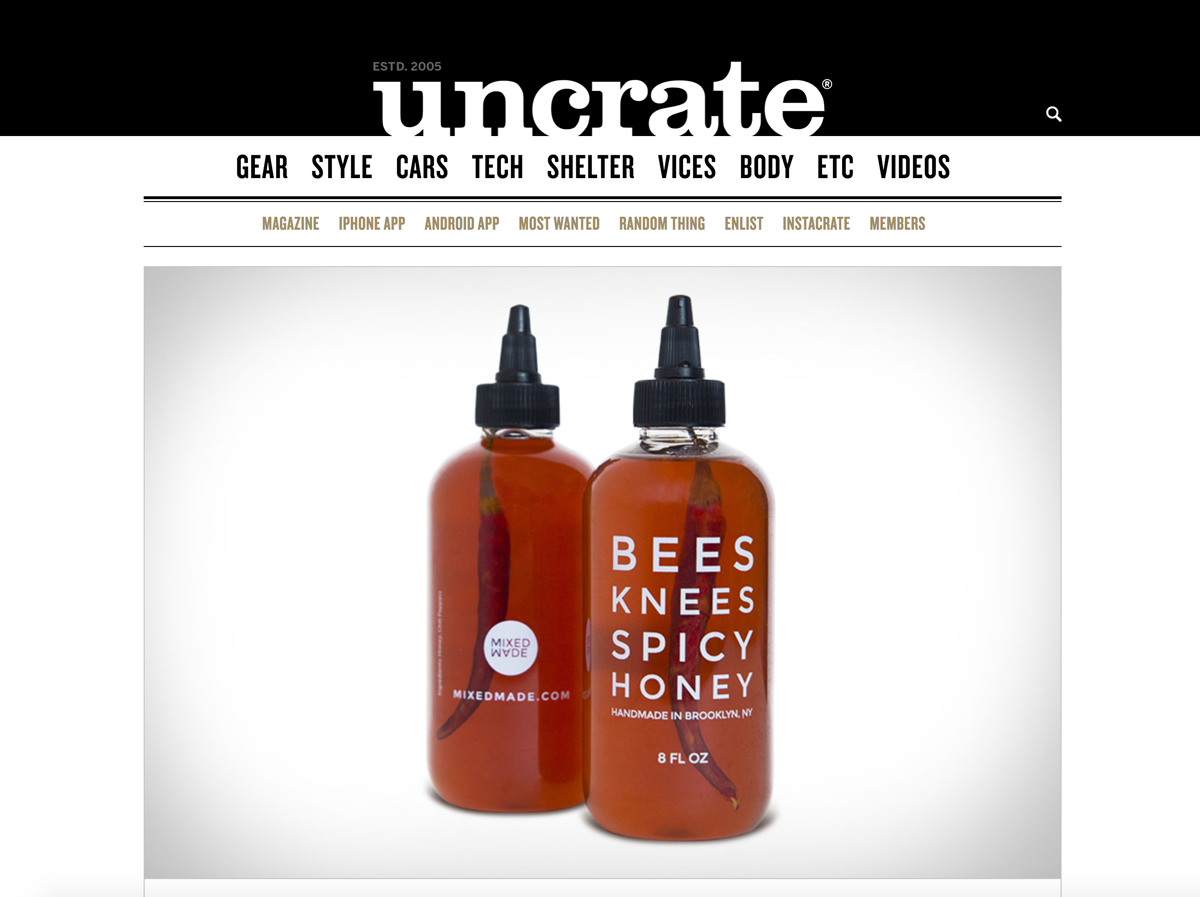
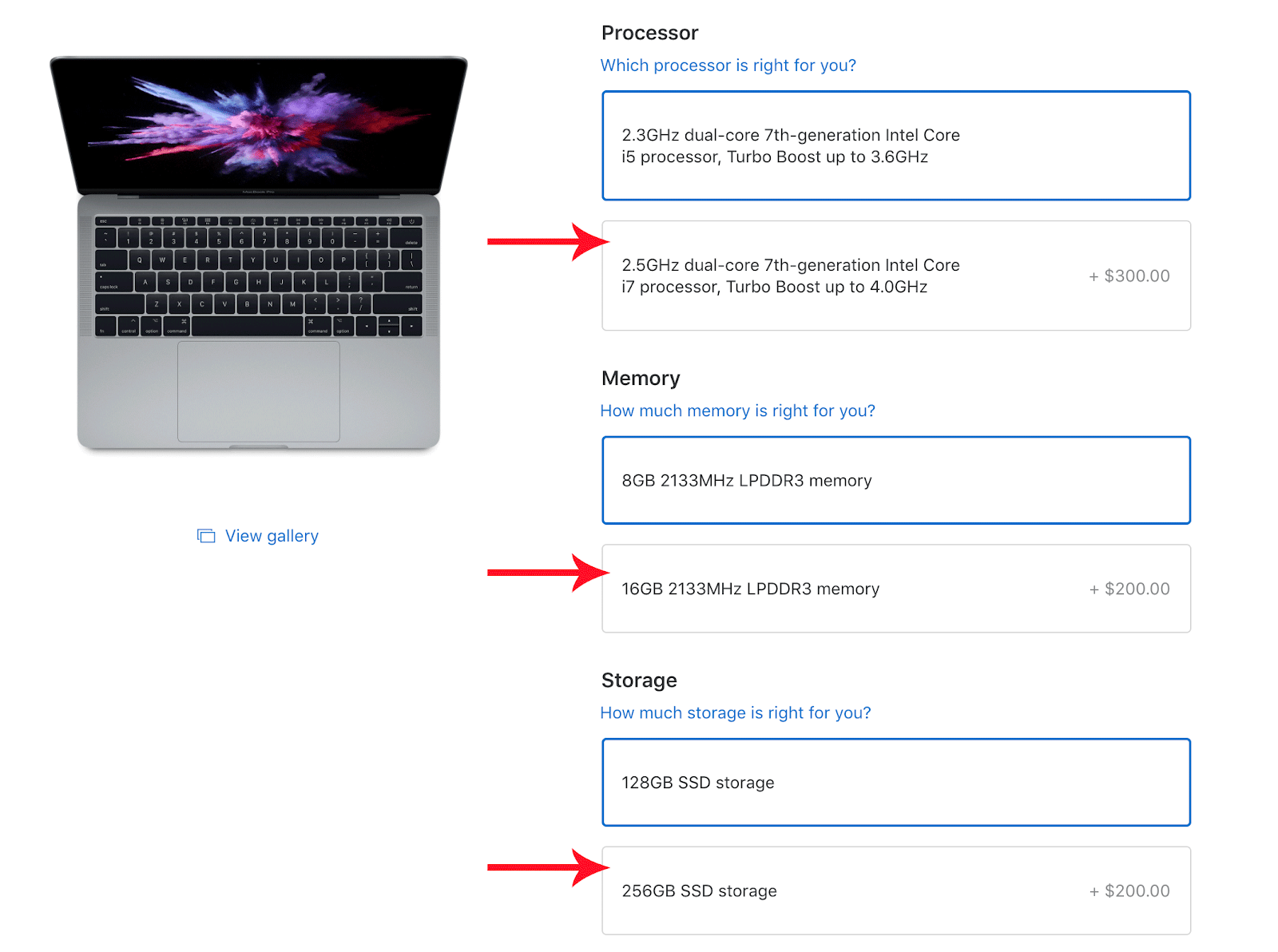

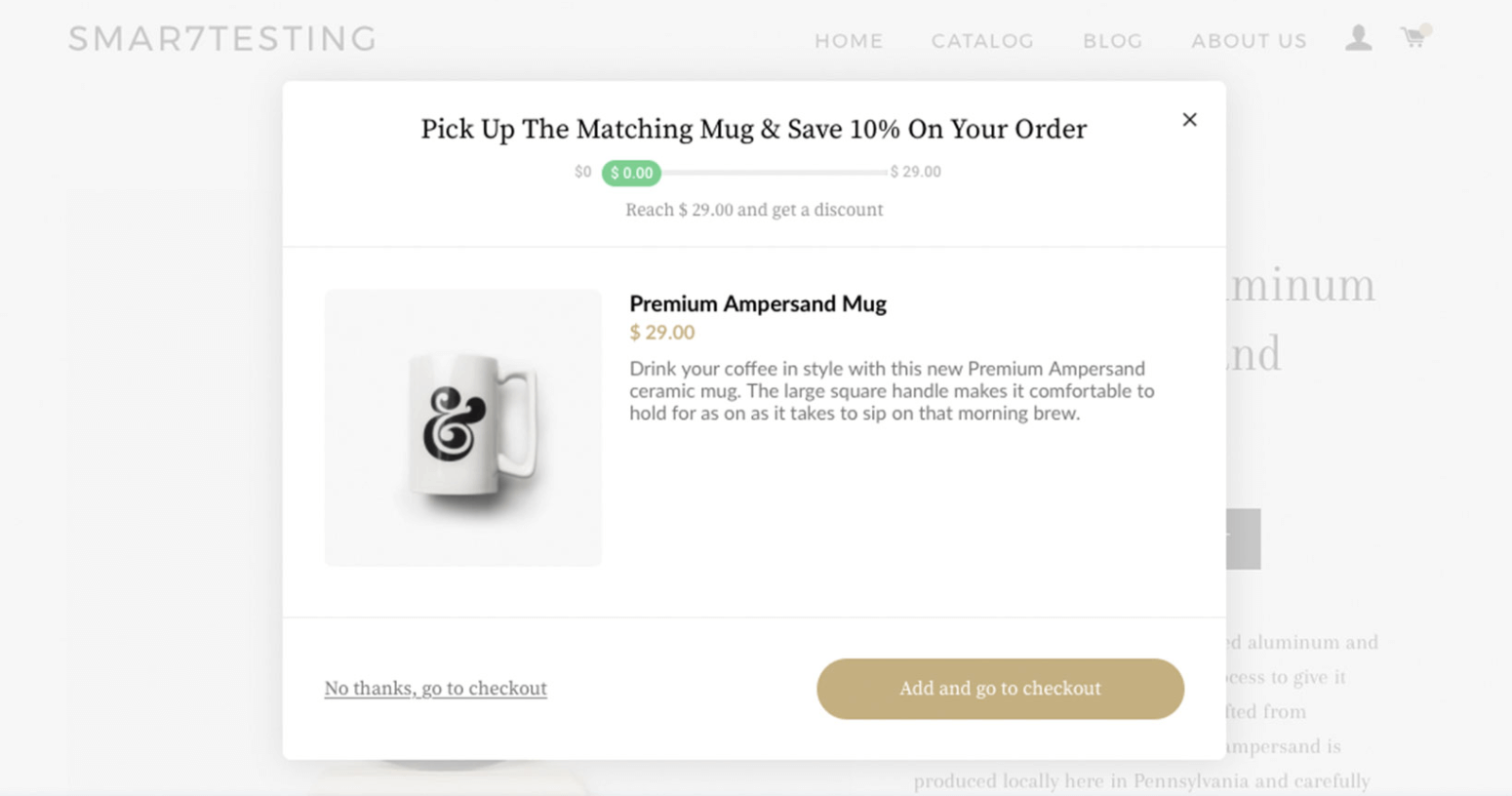
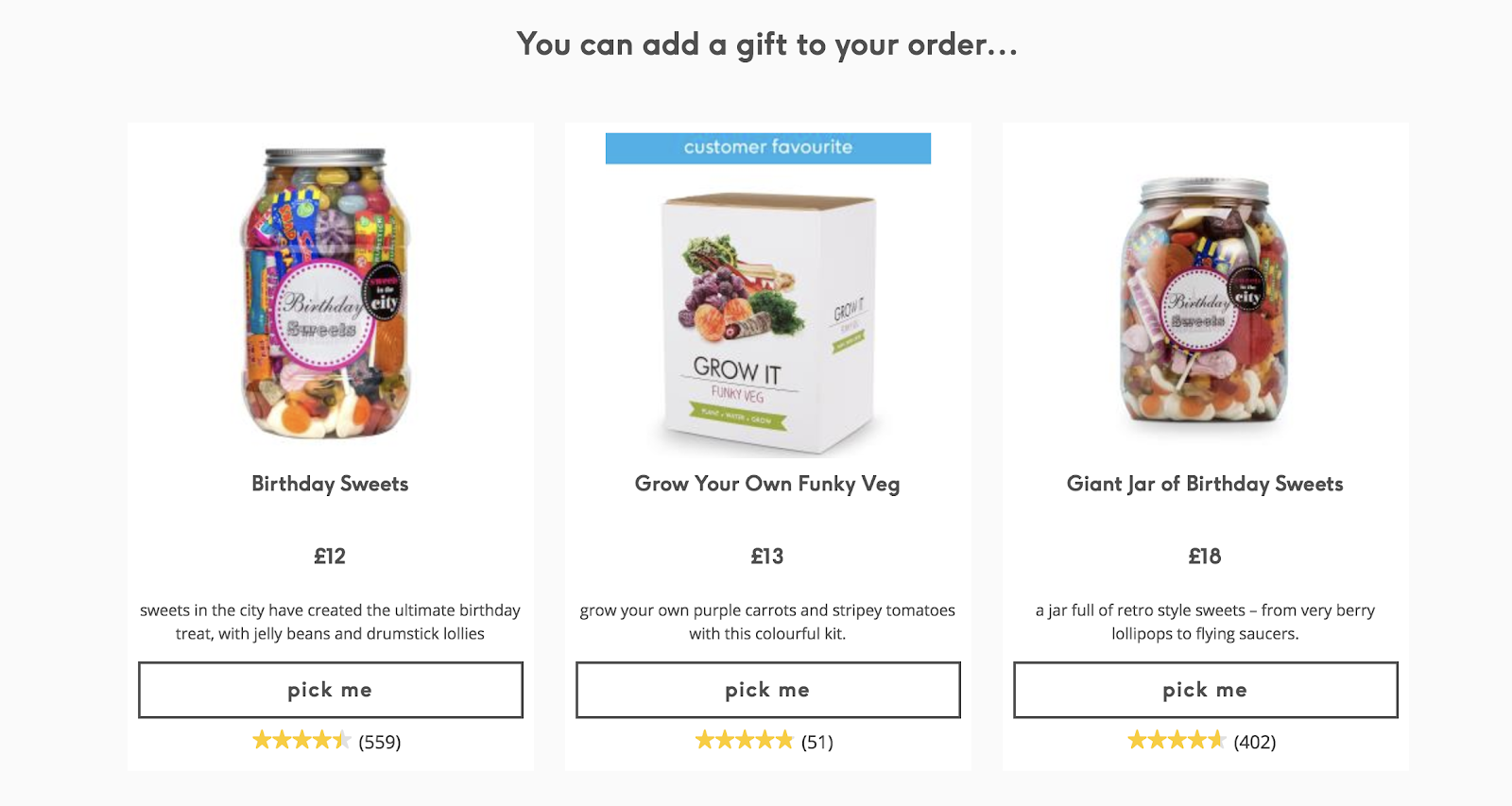
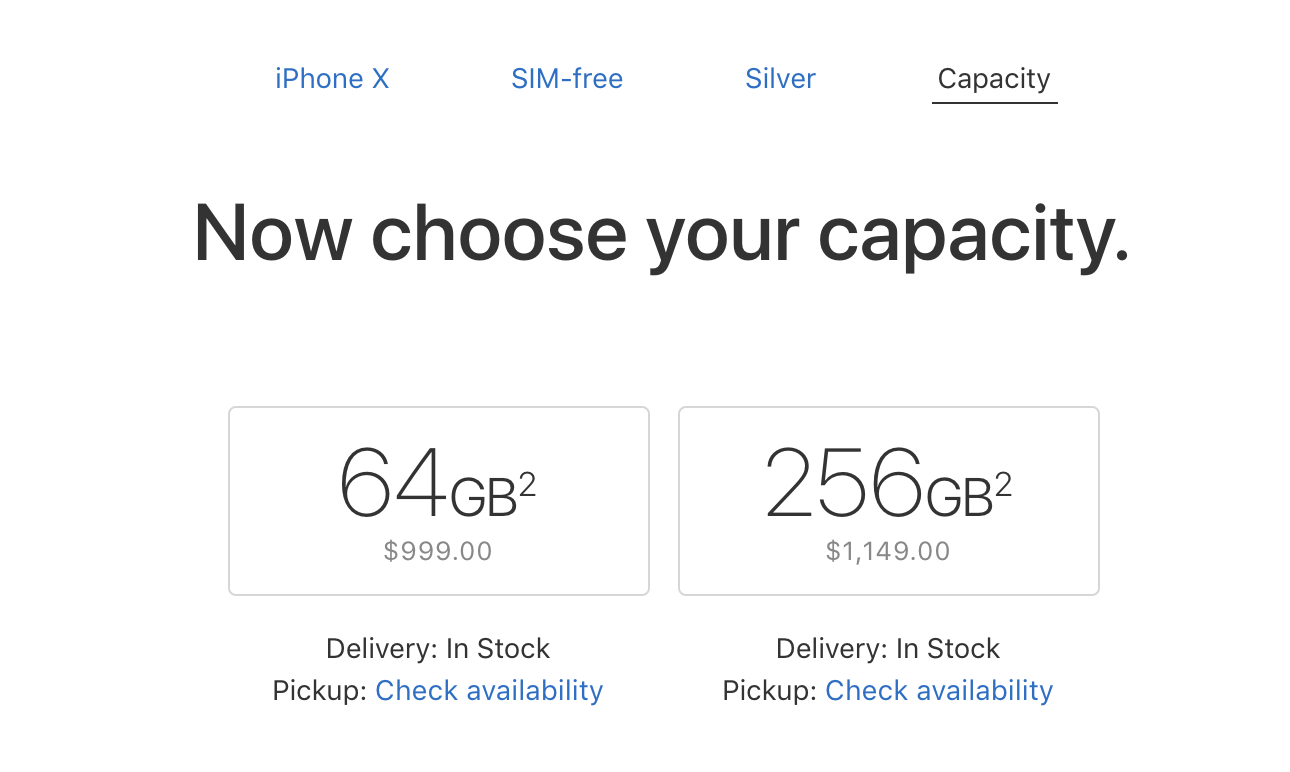
Comments